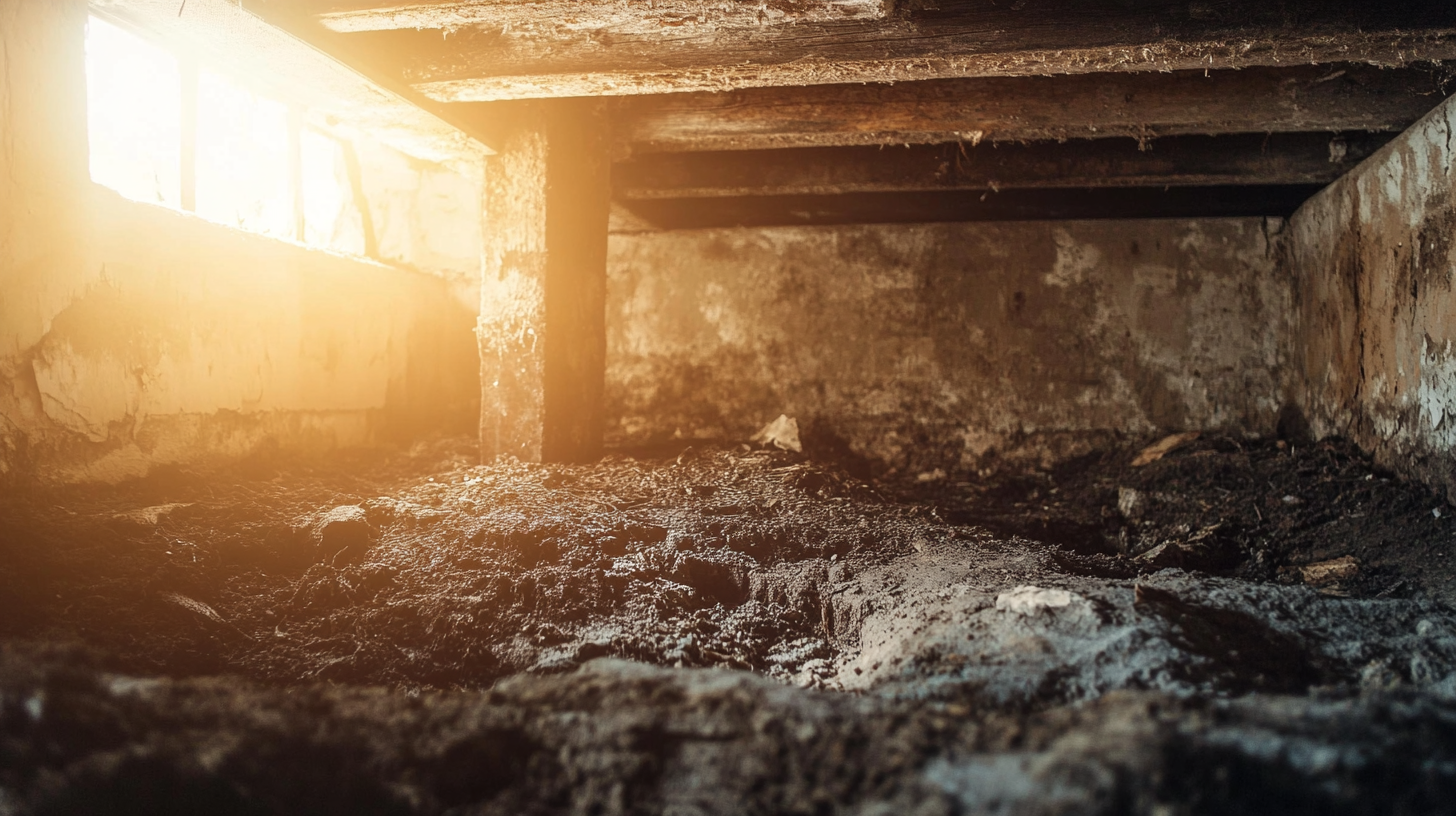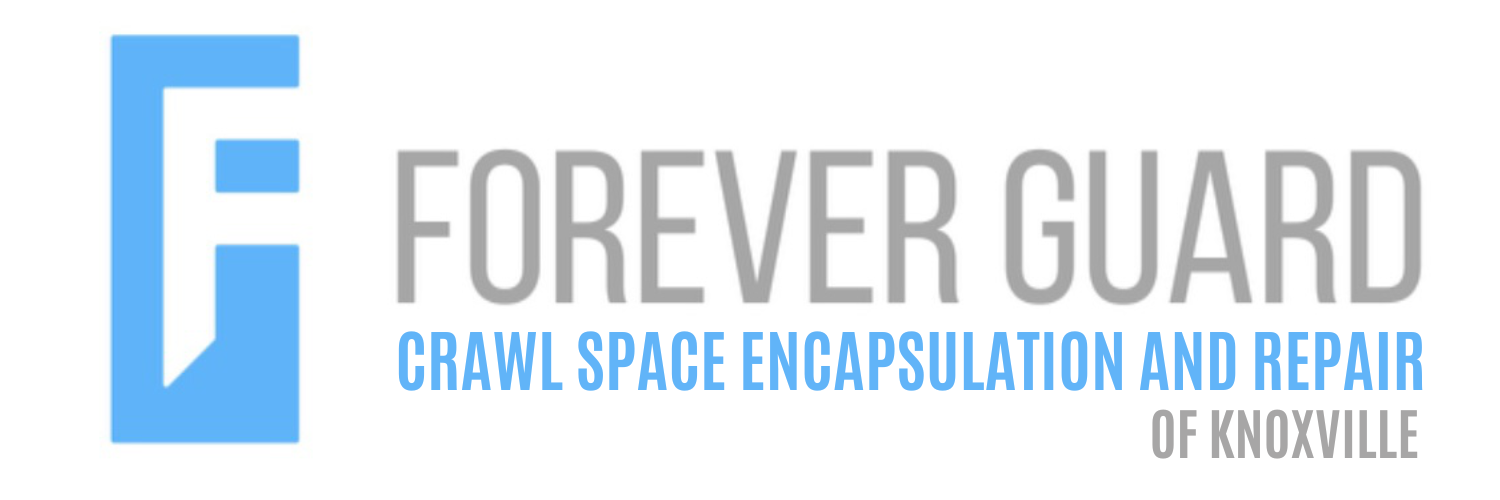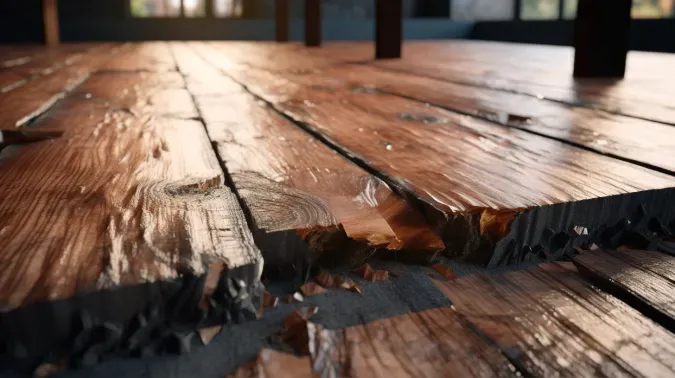Now IS THe Time To...

Crawl Space Services In Knoxville, TN
Stetson Howard: 865-432-6743
CRAWL SPACE ENCAPSULATION, REPAIR, WATERPROOFING & MOLD REMOVAL
No-Obligation, Free Inspections
No-Obligation Free Estimates
We Warranty All of Our Work
100% Satisfaction Guaranteed
A solid foundation is the cornerstone of any well-built structure, providing essential support and stability that ensures the longevity and safety of the building. In this blog post, we delve into the paramount importance of a robust foundation for the structural integrity of any building.
A building's foundation is more than just a concrete slab or footing buried beneath the ground; it is the structural backbone upon which the entire edifice rests. From towering skyscrapers to humble dwellings, every building relies on a sturdy foundation to withstand the forces of nature, gravity, and time.
Join us as we explore the critical role that a solid foundation plays in maintaining structural integrity, preventing settlement and subsidence, and safeguarding against environmental factors such as soil erosion and seismic activity. By understanding the significance of a strong foundation, homeowners, builders, and architects alike can appreciate the importance of investing time, effort, and resources into ensuring its stability and durability.
Understanding Foundation Cracks
Foundation cracks can be a cause for concern for homeowners, but understanding their types and severity is crucial for effective remediation. This section provides insights into the different types of foundation cracks and how professionals assess their severity.
Types of Foundation Cracks
Foundation cracks can vary in size, shape, and severity, with different types indicating different underlying issues:
- Hairline Cracks: Thin and shallow cracks that are commonly caused by minor settlement or shrinkage of concrete. While often cosmetic, they can worsen over time if not addressed.
- Structural Cracks: Deeper and wider cracks that may indicate significant structural issues, such as foundation movement or inadequate support. These cracks require immediate attention to prevent further damage.
- Settlement Cracks: Cracks that occur due to uneven settling of the foundation, leading to differential movement. They can vary in size and may indicate ongoing foundation issues.
- Shrinkage Cracks: Cracks caused by the drying and shrinking of concrete during the curing process. While typically small and superficial, they can still compromise the integrity of the foundation if left untreated.
Understanding the type of crack is essential for determining the appropriate repair method and addressing any underlying issues to prevent further damage.
Assessing the Severity of Cracks
Professionals assess the severity of foundation cracks based on various factors:
- Width and Depth: The width and depth of the crack can indicate the extent of the damage and the potential for further structural issues.
- Location: The location of the crack, such as near load-bearing walls or corners, can provide insights into the underlying cause and severity of the problem.
- Structural Damage: Any associated structural damage, such as uneven floors or sticking doors, can indicate more significant issues requiring immediate attention.
By considering these factors, professionals can accurately assess the severity of foundation cracks and recommend the most appropriate repair methods to ensure the long-term stability and integrity of the structure.
Injection-Based Repair Methods
Injection-based repair methods offer effective solutions for addressing foundation cracks, providing structural reinforcement and sealing capabilities. This section explores two commonly used injection techniques: epoxy injections and polyurethane foam injections.
Epoxy Injections
Epoxy injections are utilized for cracks requiring structural strength restoration:
- Crack Preparation: The crack is cleaned and prepared to ensure proper adhesion of the epoxy. This may involve widening the crack and removing any debris or loose material.
- Injection Process: Epoxy resin is injected into the crack under pressure, filling the void and bonding with the surrounding concrete. This effectively restores the structural integrity of the affected area.
- Curing Timescales: The epoxy undergoes a curing process, typically within a few hours to a day, depending on the specific product used. Once cured, the repaired crack provides durable reinforcement against further movement or deterioration.
Polyurethane Foam Injections
Polyurethane foam injections are ideal for non-structural cracks prone to water leakage:
- Crack Sealing: Polyurethane foam is injected into the crack, expanding to fill the void and create a watertight seal. This helps prevent moisture infiltration and subsequent damage to the surrounding area.
- Flexibility and Water Resistance: Polyurethane foam offers flexibility, allowing it to accommodate slight movements in the foundation without compromising its seal. Additionally, its water-resistant properties make it suitable for areas prone to water ingress.
By utilizing epoxy injections for structural cracks and polyurethane foam injections for non-structural, water-leak-prone cracks, homeowners can effectively address foundation issues and safeguard the integrity of their property.
Structural Repair Techniques
Structural repair techniques are essential for stabilizing and strengthening foundations, ensuring the long-term stability and integrity of buildings. This section explores two commonly used methods: underpinning and piering solutions.
Underpinning
Underpinning is a foundational repair technique used to stabilize and strengthen existing foundations:
- Stabilization: Underpinning involves strengthening the foundation by extending its depth or breadth, providing additional support to counteract settlement or subsidence.
- Types of Underpinning: There are various methods of underpinning, including mass concrete underpinning, which involves excavating sections beneath the existing foundation and pouring concrete to create new supports. Another method is helical piers, which are screwed into the ground to provide support.
Piering Solutions
Piering solutions are used to lift and support sunken foundations, restoring them to their original position:
- Push Piers: Push piers are hydraulic systems driven into the ground beneath the foundation to provide support and lift sunken areas. They are ideal for situations where vertical lifting is required.
- Helical Piers: Helical piers feature screw-like blades that are twisted into the ground, providing immediate stabilization and support. They are particularly effective in areas with weak or unstable soils.
Comparison of Techniques
Each technique has its advantages and situations where it is most effective:
Underpinning vs. Piering: Underpinning is typically used for addressing foundation settlement and subsidence, while piering solutions are more suitable for lifting and stabilizing sunken foundations.
By understanding the principles and applications of underpinning and piering solutions, homeowners can make informed decisions about the most appropriate structural repair technique for their specific foundation issues.
Sealing and Waterproofing
Sealing and waterproofing are essential aspects of foundation repair, helping to prevent water ingress and protect the integrity of the structure. This section explores two key techniques: membrane installation and grouting.
Membrane Installation
Waterproof membranes play a crucial role in preventing water infiltration through foundation cracks:
- Preventing Water Ingress: Waterproof membranes create a barrier that prevents water from penetrating through foundation cracks, reducing the risk of moisture-related damage such as mold growth and structural deterioration.
- Application Process: External waterproofing membranes are applied directly to the exterior surface of the foundation, providing a durable and long-lasting protective layer. This process typically involves cleaning and preparing the surface before applying the membrane using specialized techniques and equipment.
Grouting
Grouting is used to fill voids and stabilize loose soil around foundations, enhancing their structural integrity:
- Void Filling: Grouting involves injecting a fluid-like material into voids or cavities in the soil beneath the foundation, effectively filling them and providing additional support. This helps to prevent further settlement and subsidence.
- Types of Grouting Materials: There are various types of grouting materials used in foundation repair, including cementitious grouts, which consist of cement, sand, and water, and chemical grouts, which are formulated to react and expand to fill voids.
By utilizing membrane installation and grouting techniques, homeowners can effectively seal and waterproof their foundations, protecting them from water damage and ensuring their long-term stability.
Drainage Improvements
Effective drainage is crucial for preventing water accumulation around foundations, reducing the risk of hydrostatic pressure and water damage. This section explores two key drainage improvement techniques: installing French drains and implementing surface drainage solutions.
Installing French Drains
French drains play a vital role in managing groundwater and surface water around foundations:
- Preventing Foundation Issues: Proper drainage is essential for preventing excess moisture buildup around the foundation, which can lead to soil erosion, hydrostatic pressure, and ultimately, foundation damage.
- How French Drains Work: French drains consist of a perforated pipe surrounded by gravel or rock, buried beneath the ground to collect and redirect water away from the foundation. The perforated pipe allows water to enter, while the gravel provides a pathway for water to flow.
- Installation Process: Installing French drains involves excavating a trench around the perimeter of the foundation, placing the perforated pipe in the trench, covering it with gravel, and backfilling the trench. Proper sloping ensures that water flows away from the foundation.
Surface Drainage Solutions
Surface drainage solutions are designed to redirect water away from the foundation surface:
- Reduction of Hydrostatic Pressure: Surface drainage solutions help prevent hydrostatic pressure buildup against the foundation walls, reducing the risk of water infiltration and damage.
- Integration with Landscape Elements: Strategies such as grading, swales, and downspout extensions can be integrated into the landscape design to effectively manage surface water runoff. Landscaping features and hardscape elements can be strategically positioned to facilitate water flow away from the foundation.
By implementing French drains and surface drainage solutions, homeowners can effectively manage water around their foundations, reducing the risk of moisture-related issues and preserving the integrity of their homes.
FAQs
Recent Blog Posts
Crawl Space News







